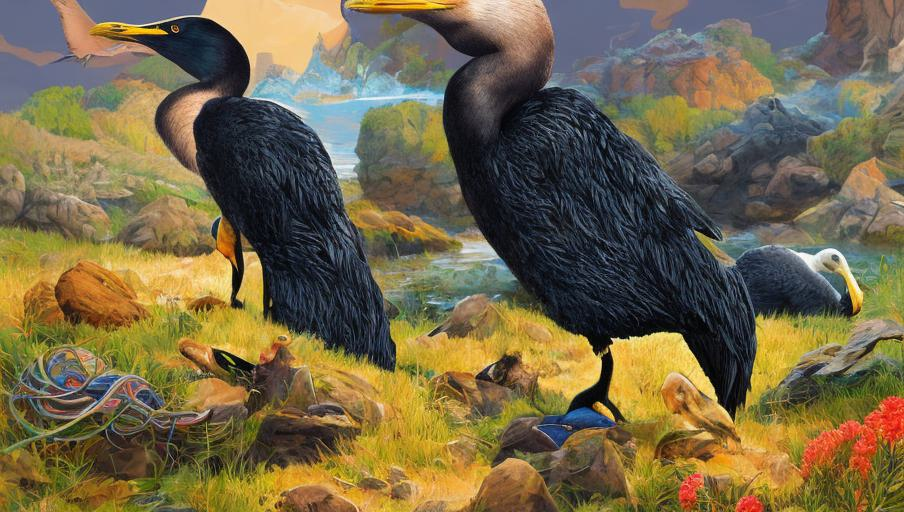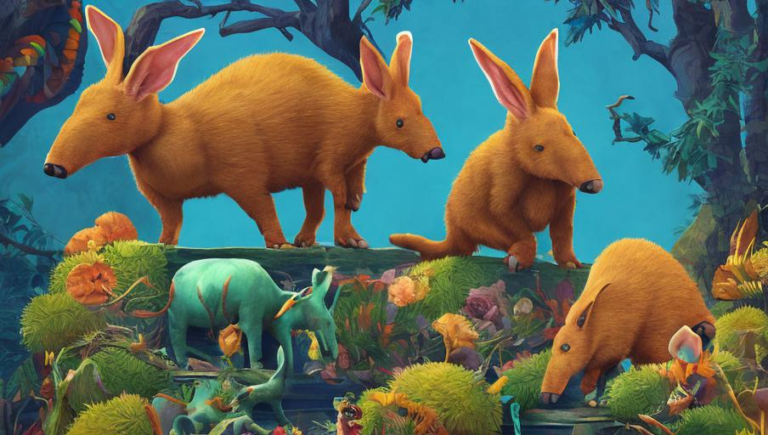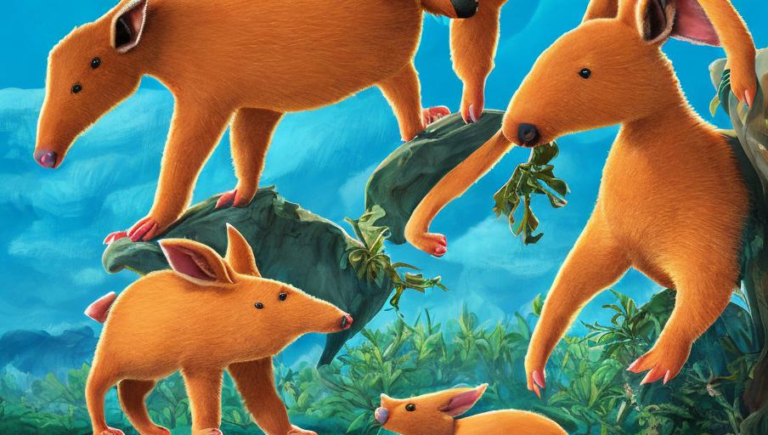Jostling with the Cormorant

Jostling with the Cormorant
Cormorants are large, web-footed water birds that are commonly found around lakes, rivers, and coastal shores. They are members of the order Phalacrocoracidae and are closely related to pelicans and gannets. Cormorants are widely distributed throughout the world and are known for their impressive diving abilities.
Cormorants are usually black, grey, or brown in color and can vary in size depending on the species. They have long, slender bodies and long necks, and some species have brightly colored facial ornaments. They have powerful webbed feet and sharp, hooked beaks.
Cormorants are excellent swimmers and divers and can stay underwater for up to several minutes at a time. They feed mainly on fish, but they also eat crustaceans and other aquatic invertebrates.
Habitat and Distribution
Cormorants are found across the world in both freshwater and saltwater habitats, including rivers, lakes, lagoons, marshes, and coastal waters. Some species are migratory, while others are sedentary.
In North America, cormorants can be found in both the Atlantic and Pacific coasts. The Double-crested Cormorant is one of the most widely distributed species and can be found in most of the United States and Canada. The Neotropic Cormorant is found in the southern United States and Mexico, while the Brandt’s Cormorant is found in the western United States and Canada.
Conservation and Protection
Since cormorants are a key part of the aquatic food web, they are an important species to protect and conserve. Many cormorant species are threatened by human activities, such as pollution, habitat destruction, and commercial fishing.
In some areas, cormorants have been persecuted and killed due to their perceived impact on fish populations. However, research has shown that cormorants actually have a beneficial effect on fish populations, as they prey on invasive species and help to keep native fish populations in balance.
Conservation efforts have been put in place to protect cormorants and their habitats. These include the establishment of protected areas and the implementation of regulations to reduce pollution and other human-caused disturbances. Additionally, research into cormorant populations is ongoing, helping to better understand their behavior and ecology.
Conclusion
Cormorants are an important part of the aquatic ecosystem and are threatened by many human activities. Fortunately, conservation efforts are being put in place to protect them and their habitats. With continued research and protection, cormorants can thrive in their natural habitats and continue to bring joy to those who observe them in the wild.




